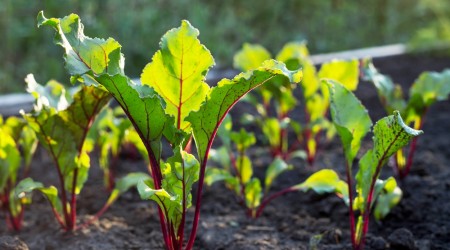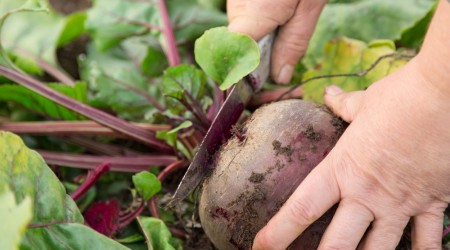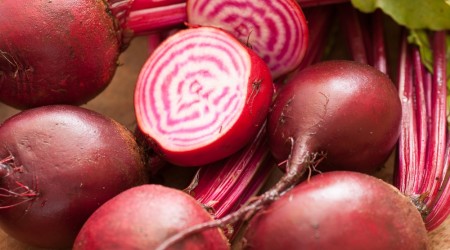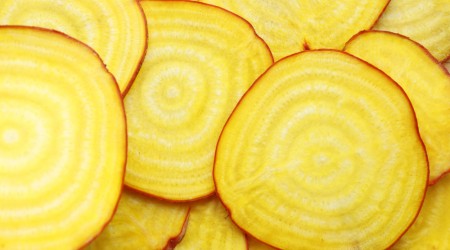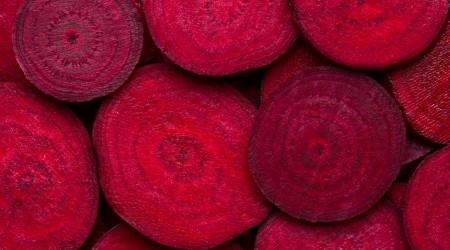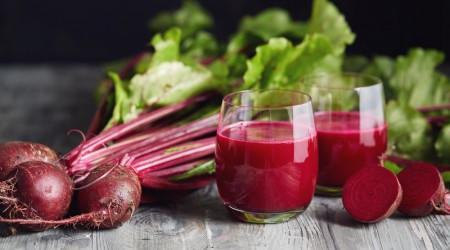Inspirational Beetroot Madness !!!
The time has come to find all the facts you may ever need around the existence of the most radical of veg... the Beetroot!
Did you know that Beta is the ancient Latin name for beets,becoming bete in Old English around 1400. There 10 species in the Beta genus and all also have the common name beet, although Beta vulgaris is the most well-known and is known as the common beet.
Ancient Assyrian texts reveal that beets grew in the legendary Hanging Gardens of Babylon in 800 BC.
Since the 16th century, beet juice has been used as a natural red dye.
In 1975, during the Apollo-Soyuz Test Project, cosmonauts from the USSR's Soyuz 19 welcomed the Apollo 18 astronauts by preparing a banquet of borscht (beetroot soup) in zero gravity!
Albert Einstein famously hated beets!
Although the iconic colour of beets is a deep red, they come in a variety of colors, including yellow, "candy cane" and white.
To cure the inevitable "pink fingers" when cooking beetroot, rub with lemon juice and salt before washing with soap and water. On fabrics, try rubbing a slice of raw pear on the stain before washing, or rinse in cold water before washing in powder. Remember that one!
Beetroot has one of the highest sugar contents of any vegetable. Up to 10 percent of beetroot is sugar! Don't worry, it's the good kind...
Bet you didn't know this one...beetroot is a Hangover cure! Betacyanin, the pigment that gives beetroot its color, is an antioxidant, which speeds up detoxification in your liver. Meaning your body can turn the alcohol into a less harmful substance that can be excreted quicker than normal.
Beetroot also contains betaine, a substance that relaxes the mind and is used in other forms to treat depression. It also contains tryptophan, which is also found in chocolate and contributes to a sense of well-being!
The world's heaviest beetroot weighed 23.4 kg and was grown by Ian Neale from Somerset in 2001.
You can use beetroot juice to measure acidity. When added to an acidic solution, it turns pink, but when it is added to an alkali, it turns yellow!
Betanin, which is derived from beetroots, is used to color tomato paste, sauces, candy, breakfast cereals, ice cream, jams, and jellies.
How interesting...

Find Out What's Outstanding
What's Amazing This Week
Valentine's Day
Refresh Your Mind Week Comm: 09/02/20 Valentine's Day
Golden Del Boy
Save, Save, Save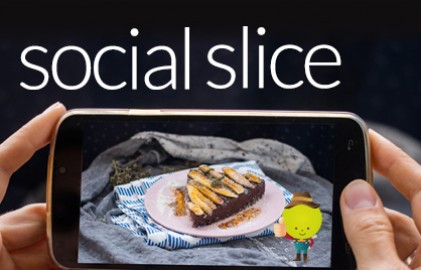
Share Your Creations
Chatter Box
Cheese Slate
Refresh Your Mind Week Comm: 09/02/20 Cheese Slate
Danger Zone
It May BITE!!!
Heart of Winter
Refresh Your Mind Week Comm: 09/02/20 Heart of Winter
Supplier Connection
Bonjour
Whats New ??
Read All About It
Speed Reader
Speedy
Weekly Thoughts
Hmmm...







